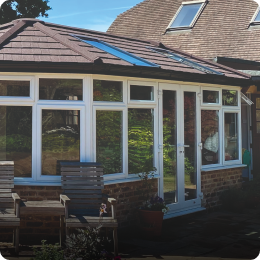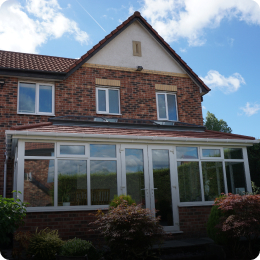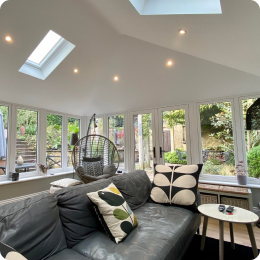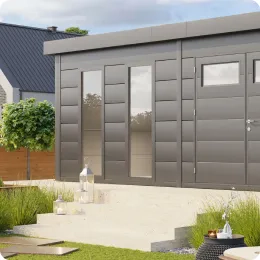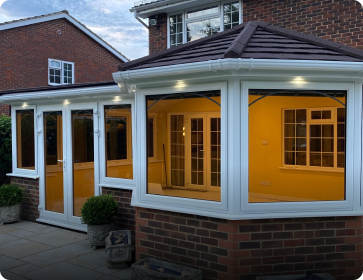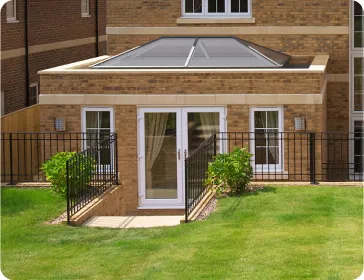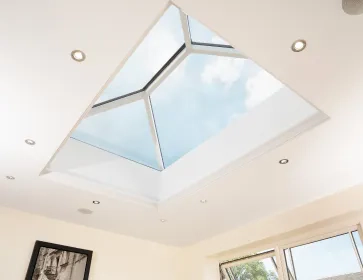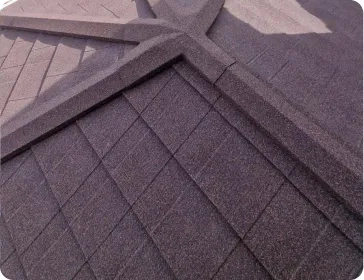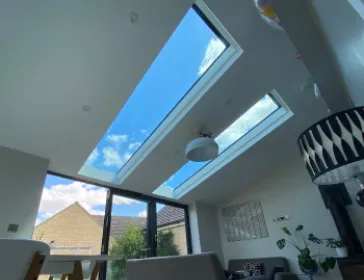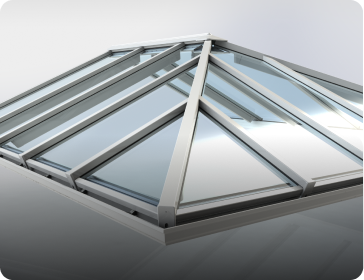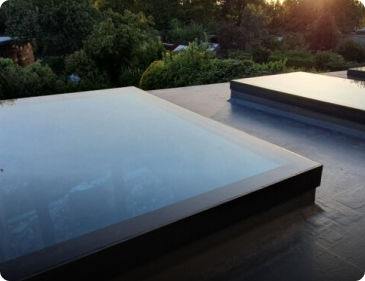
Whether used as sunrooms, dining areas, or cosy reading nooks, conservatories perfectly blend indoor comfort with outdoor beauty. Making the most of this versatile space can truly enhance your home and lifestyle.
When upgrading your conservatory, choosing the right roof is key. A good roof replacement enhances your conservatory’s look, but a great roof can also save you money on utility bills, potentially boost your property value, and make your space even more comfortable and appealing. So, take the time to do your research and find the best conservatory roof replacement!
Is It Time for A Conservatory Roof Replacement?
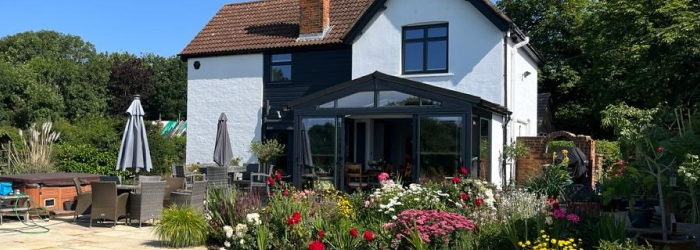
If your conservatory feels too hot in the summer or too chilly in the winter, your insulation might need some attention. Look out for leaks, cracks, or general wear and tear on your roof. These signs could mean your roof is wearing out and might lead to bigger issues if not fixed soon.
Replacing the roof at this point can help you avoid more expensive repairs down the line, boost energy efficiency, reduce noise, and give your conservatory a fresh new look.
What to Consider
- Insulation and Energy Efficiency: Consider how well the new roof will maintain a comfortable temperature in your conservatory year-round. A roof with good insulation can keep the space cooler in the summer and warmer in the winter, which is crucial for comfort and energy savings.
- Aesthetic Appeal: Choose a roof that complements the style of your conservatory and home. Whether you prefer a sleek modern look or a traditional feel, your roof should enhance the overall appearance.
- Durability and Maintenance: Find a roof that is durable and requires minimal upkeep. High-quality materials can withstand the elements and reduce the need for frequent repairs.
- Budget: Set a realistic budget and explore options that offer the best value for your money. And remember, while some roof types may have a higher upfront cost, their long-term benefits can outweigh the initial expense.The best conservatory roof replacement is about more than just picking a new style. It involves selecting a roof that enhances the appearance and usability of your space.
Why Upgrade Your Conservatory Roof?
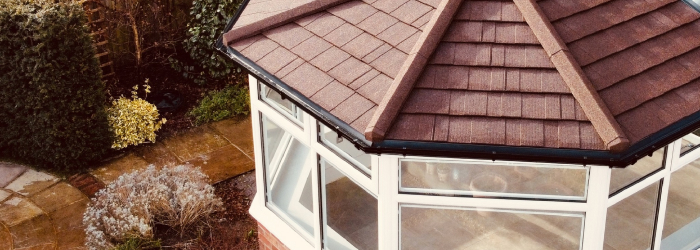
Upgrading your conservatory roof can bring several advantages:
- Improved Comfort: Modern conservatory roof types offer better insulation than older or lower-quality roofs. This means your conservatory will be more comfortable to use throughout the year.
- Enhanced Energy Efficiency: High-quality roofs can help reduce your heating and cooling costs by maintaining a stable indoor temperature, which can lead to lower energy bills.
- Increased Property Value: A well-chosen roof replacement can enhance the overall appearance of your conservatory and increase the value of your property, making it more appealing to potential buyers.
- Reduced Noise and Glare: Advanced roof materials can reduce noise from rain and lower the glare from direct sunlight, creating a more pleasant environment inside.
What Are the Different Conservatory Roof Types?
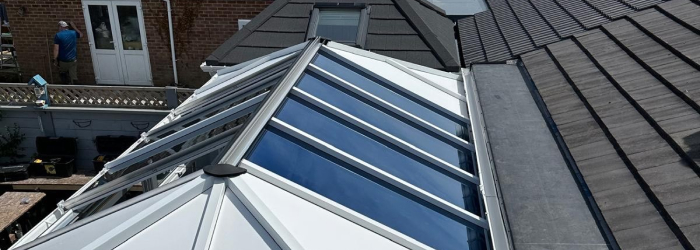
When choosing the best conservatory roof replacement, you have several options: glass, polycarbonate, solid, or hybrid roofs. We’ll explore each type to help you find the best fit for your needs and style.
Glass Roofs
Glass roofs are a popular choice for conservatories, and for good reason. They allow natural light to fill the space, making your conservatory feel like an extension of your garden, perfect for those who love to be surrounded by nature. They offer a sleek, modern aesthetic that can enhance the overall look of your home.
Benefits:
- Creates a bright, open atmosphere
- Modern, sleek aesthetic
- Enhances connection with outdoor spaces
When considering a glass roof for your conservatory, you have glass types to choose from:
- Standard Glass: For a basic option, standard double glazing is a great choice. This type of glass features two panes with a layer of Argon gas inbetween. It’s designed to meet building regulations and provides good insulation, helping to keep your conservatory comfortable throughout the year.
- Self-Cleaning Glass: Make maintenance easier. This glass has an invisible coating that uses natural weather conditions to stay clean. Ultraviolet energy from daylight triggers a chemical reaction that breaks down organic dirt, which is then washed away by rain. This means you’ll spend less time cleaning and more time enjoying your conservatory.
- Solar Control Glass: If you want to keep your conservatory cool and protect your interiors, solar control glass is a smart choice. This glass reflects sunlight to help reduce heat build-up inside, while its tint minimises glare from the sun. Additionally, it offers protection against ultraviolet (UV) rays, which helps to prevent fading and degradation of your furniture and fittings.
Polycarbonate Roofs
Polycarbonate roofs are a cost-effective and lightweight option for conservatories. They are generally less expensive than glass roofs, making them an attractive choice when on a budget. The lightweight nature of polycarbonate means that it can be installed more easily and may not require as much structural support as other roofing materials.
Benefits:
- Affordable alternative to glass
- Lightweight and easy to install
- Available in multiple thicknesses for improved insulation
However, polycarbonate is less durable and may not provide the best insulation.
Unlike standard glass or polycarbonate roofs, the S2 Conservatory Roof offers a fantastic blend of benefits. Designed for exceptional thermal efficiency, it allows for glazing up to 36mm thick, far exceeding industry standards. The slimline aluminium frame ensures unobstructed views while letting in natural light from all angles. It’s versatile to fit any conservatory shape or size, the S2 roof can also accommodate sliding or bi-folding doors by using the Eaves Beam Bolster.
Solid-Tiled Roofs
For those prioritising energy efficiency and year-round comfort, solid-tiled roofs are an excellent option. These roofs provide superb insulation, helping to keep your conservatory warm in winter and cool in summer. This makes them a great choice if you want to use your conservatory as a living space throughout the year. Solid tiled roofs also have the added benefit of being energy-efficient, potentially reducing your heating and cooling costs by up to £200 annually!
Their durability means less maintenance and fewer repairs over time, making them a smart and cost-effective choice in the long run.
Benefits:
- Exceptional insulation for all-season comfort
- Reduces energy costs
- Low maintenance and long-lasting durability
The SupaLite Tiled Roof is the best conservatory roof replacement on the market. This roof features a lightweight aluminium frame, 185mm of humidity-proof insulation, a waterproof membrane, and robust tiles (or slate), making it highly durable and weather-resistant. With a u-value of 0.15 (or an optional 0.12), it ensures your conservatory stays cosy in winter and cool in summer.
Hybrid Roofs
Hybrid roofs combine the best features of glass and solid roofs to provide a versatile and high-performance solution. These roofs typically feature sections of solid material alongside panels of glass or polycarbonate, allowing you to enjoy the benefits of both. For example, you can have solid panels to provide superior insulation and energy efficiency, while incorporating glass panels to let in natural light and maintain a bright, open feel.
This combination can help balance temperature control with aesthetic appeal, making your conservatory more comfortable and enjoyable year-round. Hybrid roofs can be more expensive compared to other conservatory roof types but the investment is worthwhile in the long run.
Benefits:
- Retains brightness while improving energy efficiency
- Reduces temperature fluctuations
- Ideal for both modern and classic conservatory styles
Transform your conservatory with a stylish hybrid of self-cleaning glass and The SupaLite Roof. Our SupaLite SkyVista can be configured for various conservatory styles, including Edwardian, P-shape, Victorian 5 bay, Victorian wide front and Victorian.
How to Choose the Best Conservatory Roof Replacement
When selecting a conservatory roof, consider the following key factors:
1. Insulation & Energy Efficiency
- Opt for roofs with low U-values to maintain a stable indoor temperature year-round.
- Solid tiled and hybrid roofs offer the best insulation.
2. Aesthetic Appeal
- Choose a roof that complements your home’s architectural style.
- Glass roofs are ideal for traditional designs, while solid or hybrid roofs suit modern conservatories.
3. Durability & Maintenance
- High-quality materials ensure longevity and reduce the need for frequent repairs.
- Self-cleaning glass reduces maintenance requirements.
4. Budget & Long-Term Value
- While polycarbonate roofs are budget-friendly, solid tiled and hybrid roofs offer better long-term benefits in terms of durability and energy savings.
Conservatory Design and Roof Options
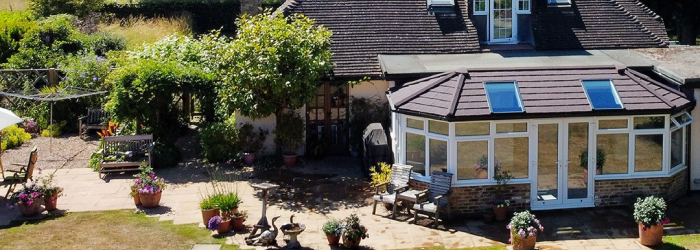
Your conservatory design can make a big difference when choosing the perfect roof. Each design can significantly influence the type of roof that will work best for both its look and functionality.
If you have a classic style like Victorian or Edwardian, with its charming details and traditional feel, a glass roof is often a great fit. It lets in plenty of natural light, which enhances the elegant features of these styles.
For modern conservatories with their clean lines and minimalist look, a solid tiled roof or a hybrid roof could be the perfect choice. These options provide a sleek, contemporary appearance while offering excellent insulation. A solid roof or hybrid design helps keep the space cosy and energy-efficient, matching the modern aesthetic perfectly.
Get Expert Advice on the Best Conservatory Roof Replacements
Choosing the right type of conservatory roof replacement is a long-term investment in your home’s comfort, efficiency, and value. If you have any questions or need personalised advice, don’t hesitate to contact our experts today. We offer a wide range of conservatory roofing options, and our team of experts is ready to support you in finding the best conservatory roof replacement.
Whether you need help selecting materials, understanding your options, or planning your upgrade, we’re just a call or message away.
Explore SupaLite’s conservatory roof replacements or contact us.

